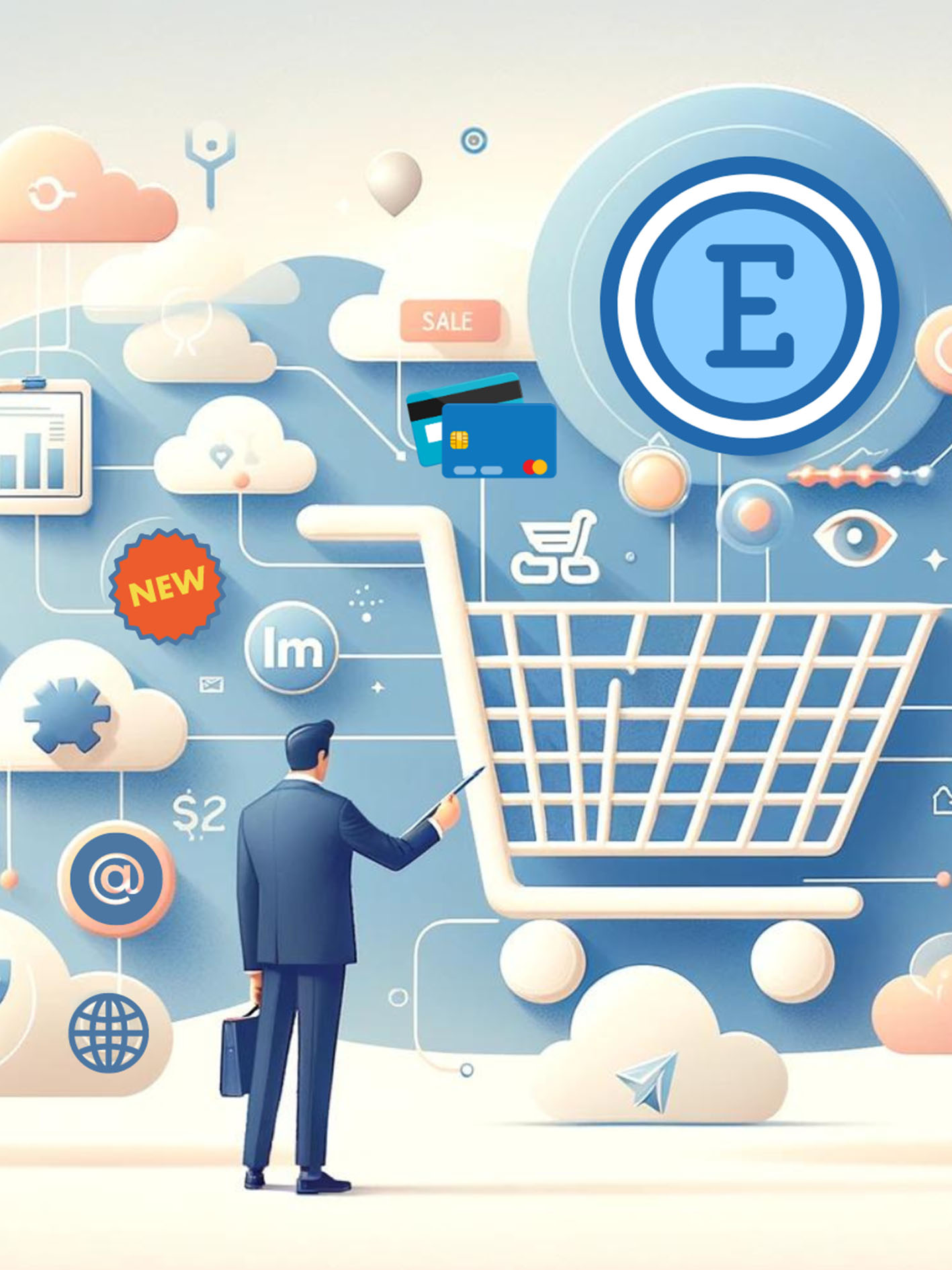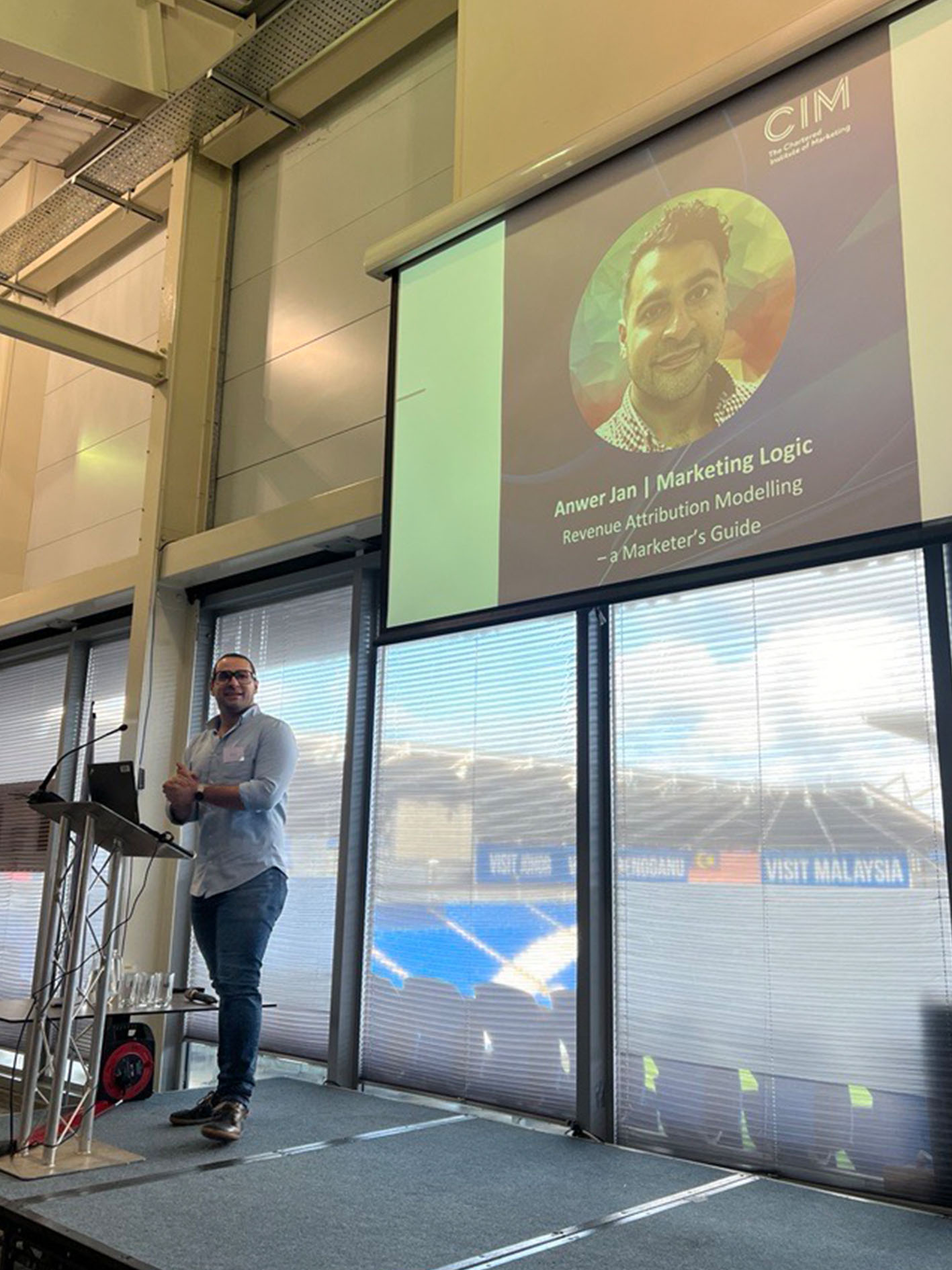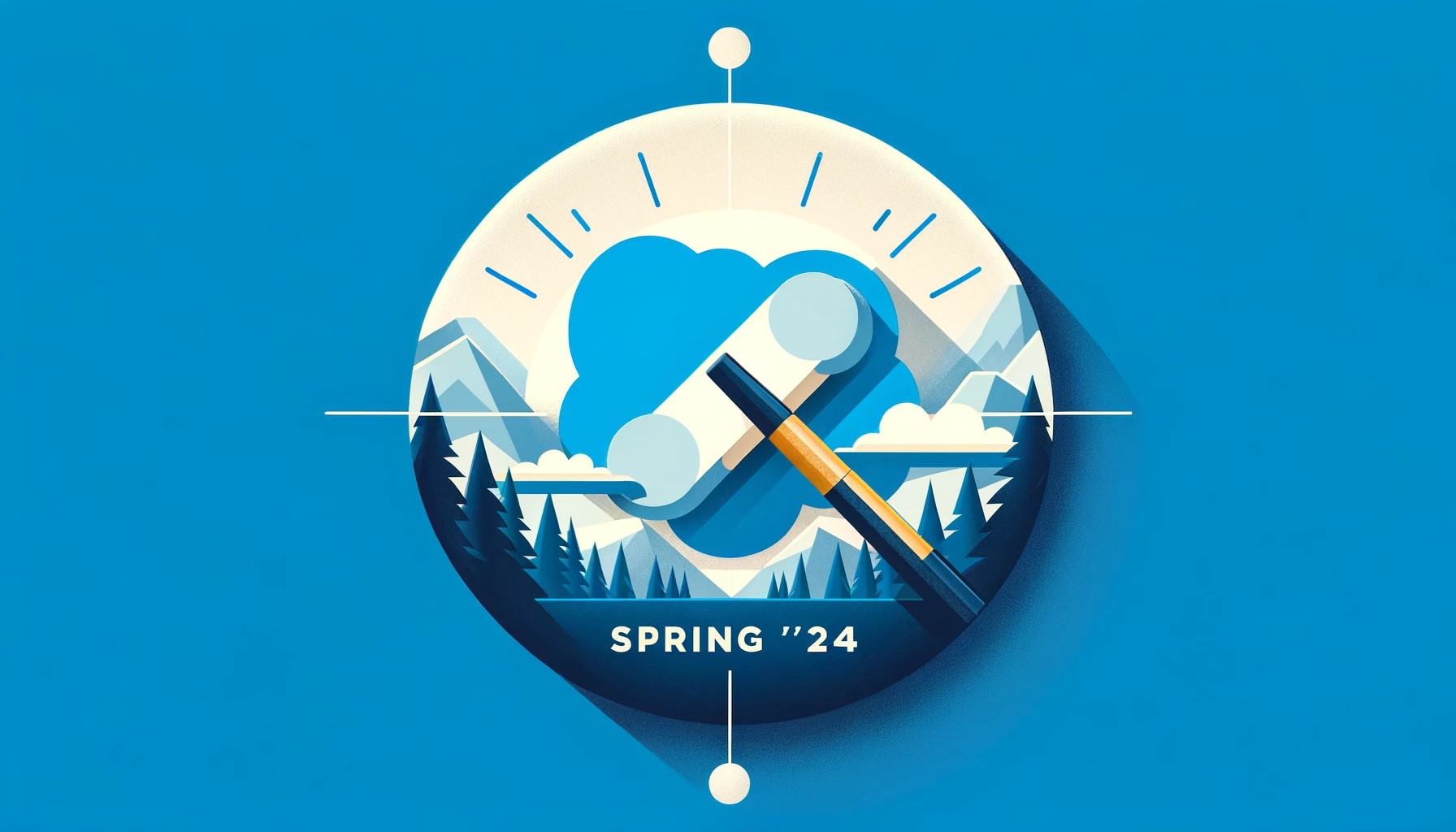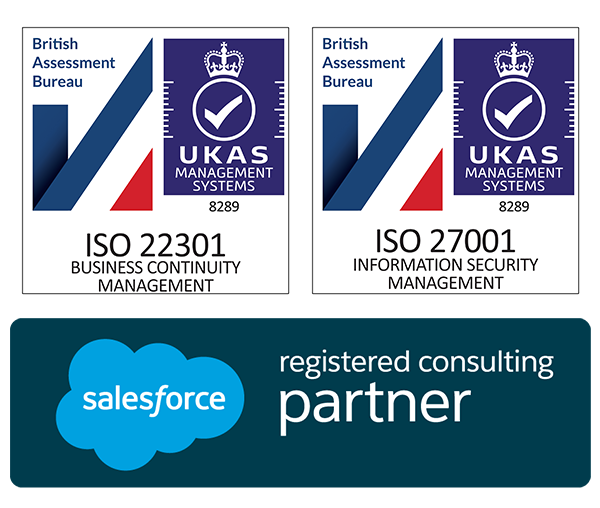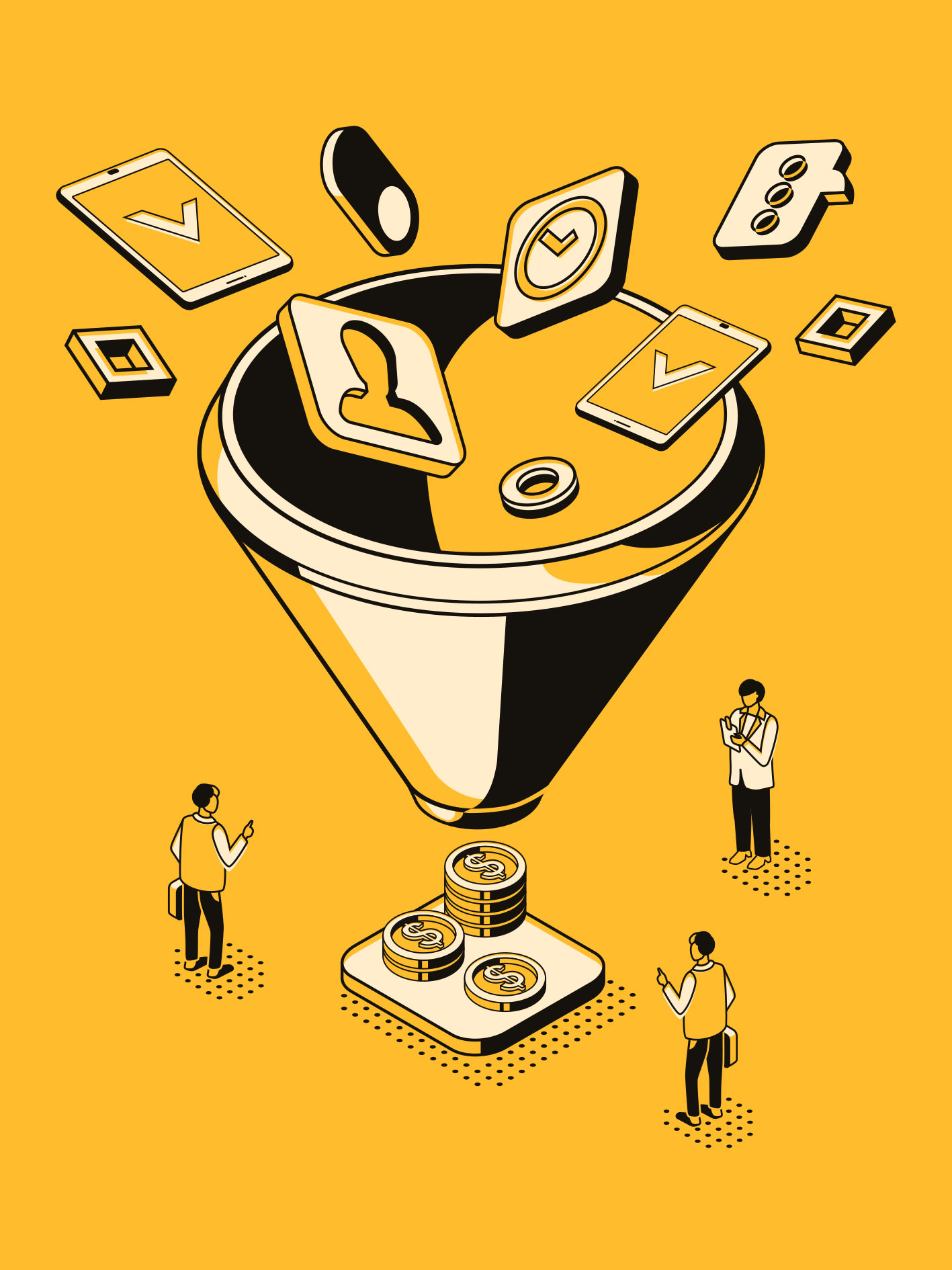
Improve Sales Email Conversions – Inbox Vs. Calendly
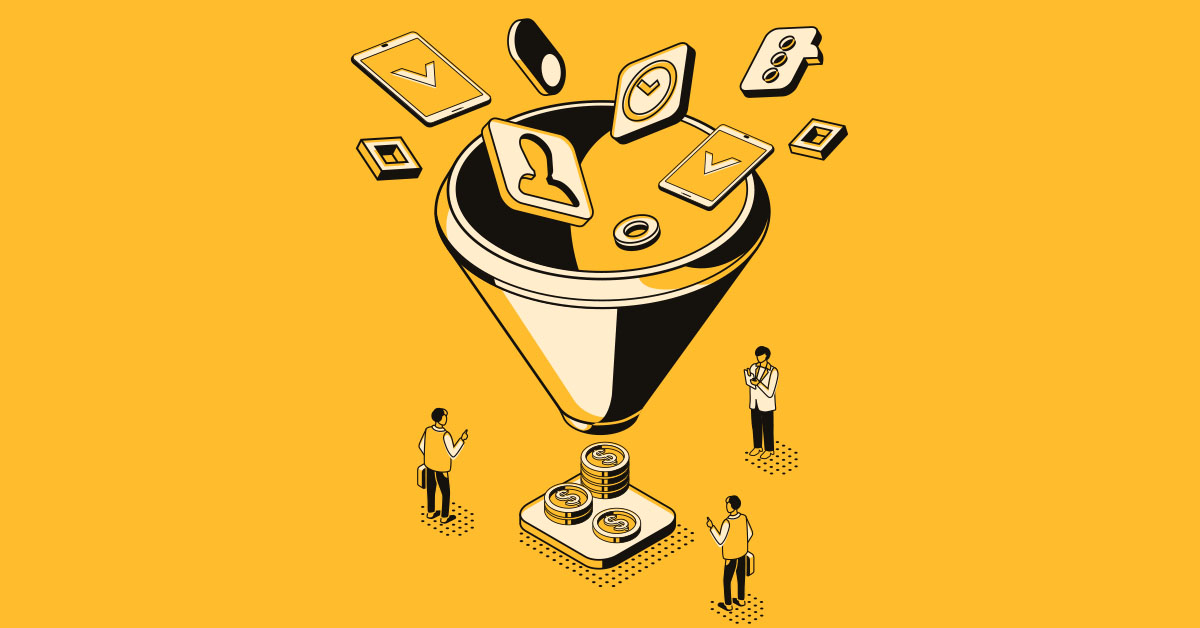
Everything you do is a game of probability. Whether it’s sales or marketing, we’re always striving to improve the chance that someone wants what we have to offer at every step. So how do you use that underlying principle to improve sales email conversions? More precisely, what tools can we use to make sure that our emails are always pushing our potential sale through to the next step. For the narrative of this article, we’ll assume we started by cold calling our imaginary prospect.
Sales Emails
We cold-called our prospect, and they’ve asked us to send through some further information. We’ve had our first touchpoint. Typically, one will try and send some information to either get the prospect back on the phone or ideally book in a meeting. The aim is to have a fuller conversation about the offering where we have their undivided attention (at least we hope so). It’s this particular section of the sales process that I want to explore. When we send our further information, without any other tools, we end up trying to play calendar chess with what is essentially a stranger. They may even be hesitant to meet in the first place. This definitely reduces the likelihood that you will convert. To combat this, these are the options that we use successfully in our outbound sales engagements.
Calendly
Let’s take a closer look at Calendly. The principle is that you can either share a link or embed your calendar availability on your website. It integrates directly to your calendar (Google, Microsoft or iCloud) and shows the times available so you’re never double-booked. You can set buffer times between meetings, prevent last-minute bookings, create secret events types and more. You can also have group events where you can show collective availability. It also integrates with various online meeting platforms (Teams, GoToMeeting etc.).
Here’s how I use Calendly to improve sales email conversions. I typically include the link to the calendar in my email signature or will send the link directly in the body of my email as below.

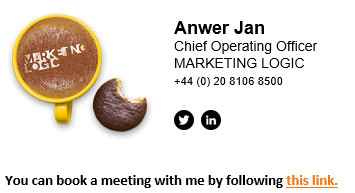
This encourages the prospect to click through to my calendar as quickly as possible. They are then greeted with the types of meetings that I have on offer. This can be as many or as few as you like. In this example, I have 15 and 30-minute meetings available to prospects publically. I also have a few hidden links that I can send for booking more extensive meetings or training sessions with existing clients.

Finally, the prospect can view dates and times available and essentially book themselves into my calendar. Once confirmed, all those involved in the meeting receive an invite, with a meeting link automatically.
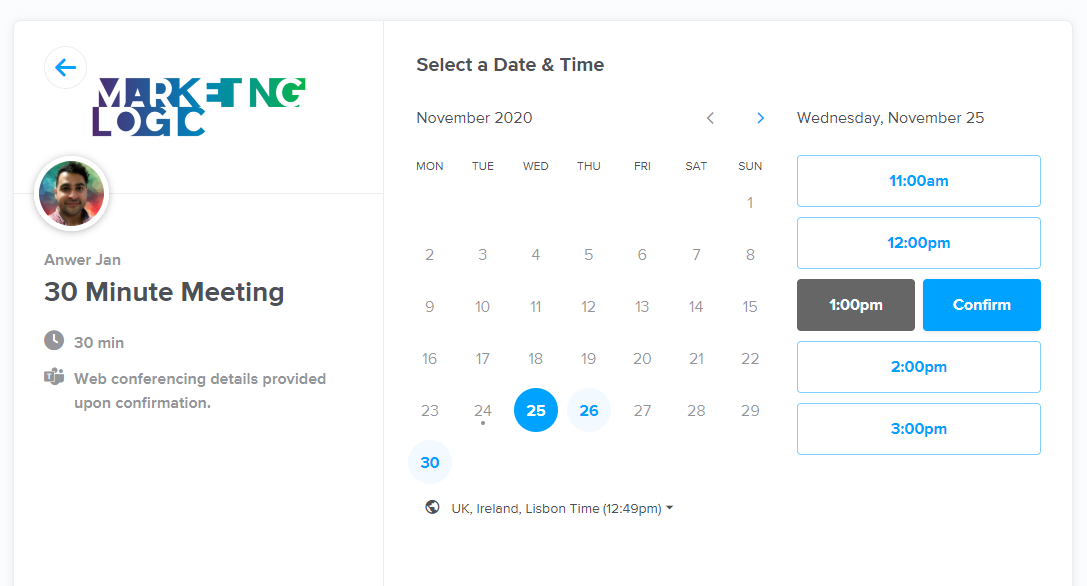
One of the more undersung features here, especially with new prospects, is the auto-reminder process that can be put into play. I can make sure emails are sent to remind the prospect of our meeting at set intervals leading up to the scheduled date. This reduces the number of last-minute bounces, or no- shows that might take place. All these small additions genuinely make a huge difference to getting as many meetings in as possible allowing us to really improve sales email conversions. All while reducing the barriers for our prospect to commit. Try it today absolutely free. To me, that makes it a no-brainer straight away. That’s how I started. Before I knew it, I was improving my booking rate so dramatically that I purchased the Premium version. This allowed unlimited event types, personalised branding and custom confirmation pages. There is a Pro version with even more features and deeper integrations. You can find all the costs and features on Calendly’s pricing page.
Salesforce Inbox
Now, let’s take a look at Salesforce Inbox. Essentially what is a fuller email productivity tool. It is fully integrated to Salesforce (a pre-requisite) so that all emails can be logged against specific records. It can also load in your Salesforce templates and track whether prospects open your email or click any links. While at first glance Inbox may be more email productivity-focused, there is a feature within that I am a die-hard fan of. Sharing specific availability. Let’s take our cold-called prospect as an example. Let’s imagine that after our first touchpoint, they’ve come back and said, yes, let’s have a meeting next week. Rather than having to reply with a series of dates and times, or even with a Calendly link (which would require multiple clicks from the prospect), we can launch our email application pane from within our email client (Outlook in this example), and select availability.
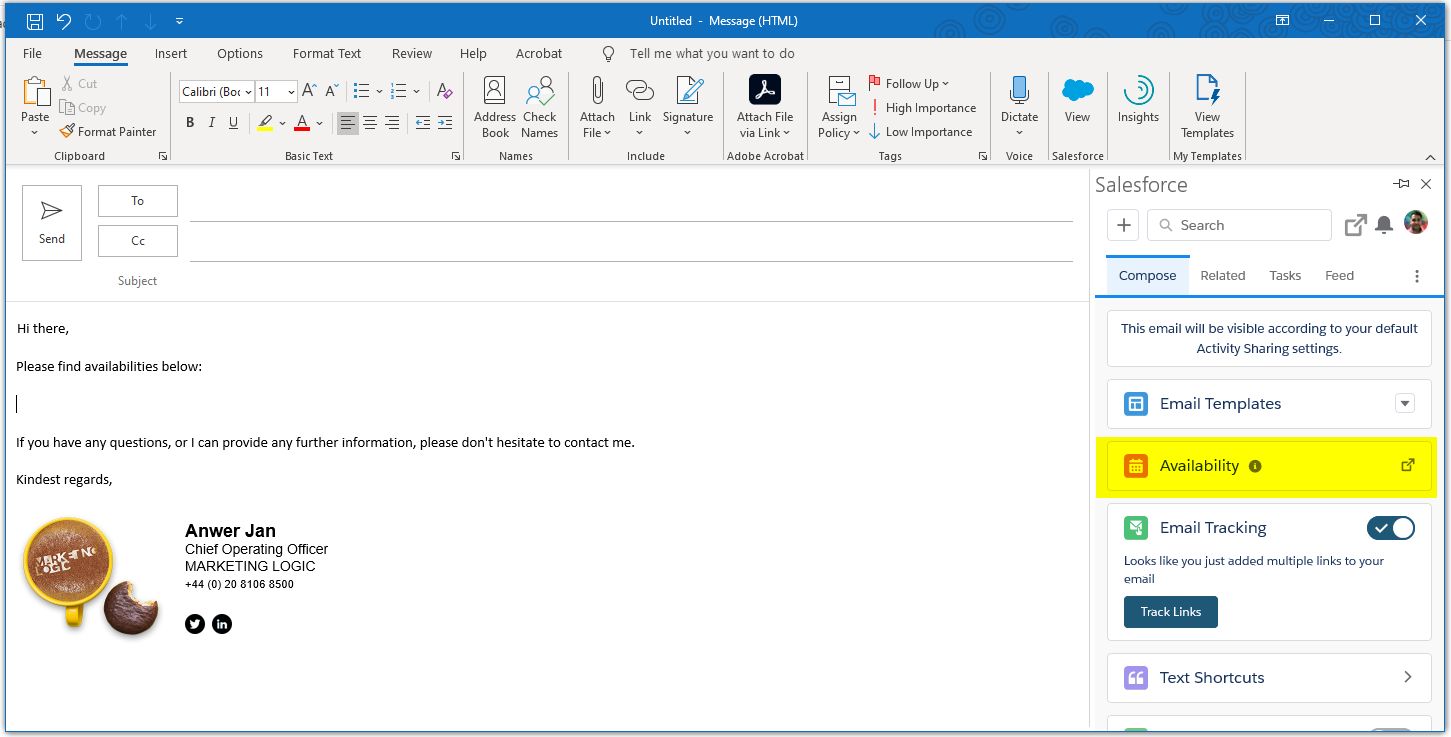
This loads our entire calendar into the window and allows us to set standard appointment options. Location, duration, event description, attendees etc. All I then have to do is click into the time slots that I want to offer up to the prospect. I can select as many as I like across however many days.
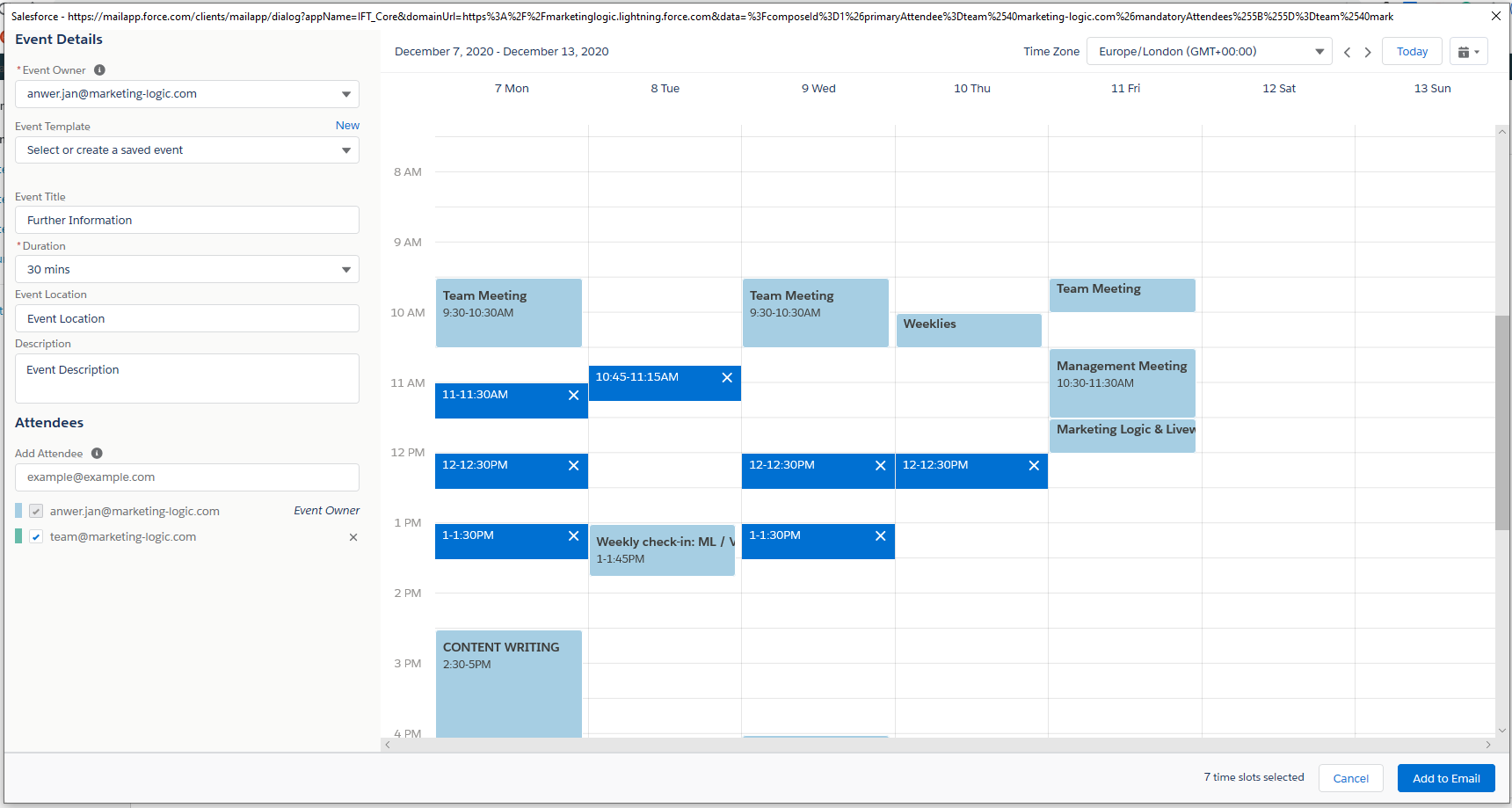
Once happy, Salesforce Inbox then inserts these call to actions into my email that shows the time slots available. All the prospect then has to do, is click on a time that suits, and they will then receive a calendar invite accordingly. What’s great is, that these buttons are dynamic. If a time slot gets booked up after the email is sent, that time slot will then be crossed out, preventing and double bookings.
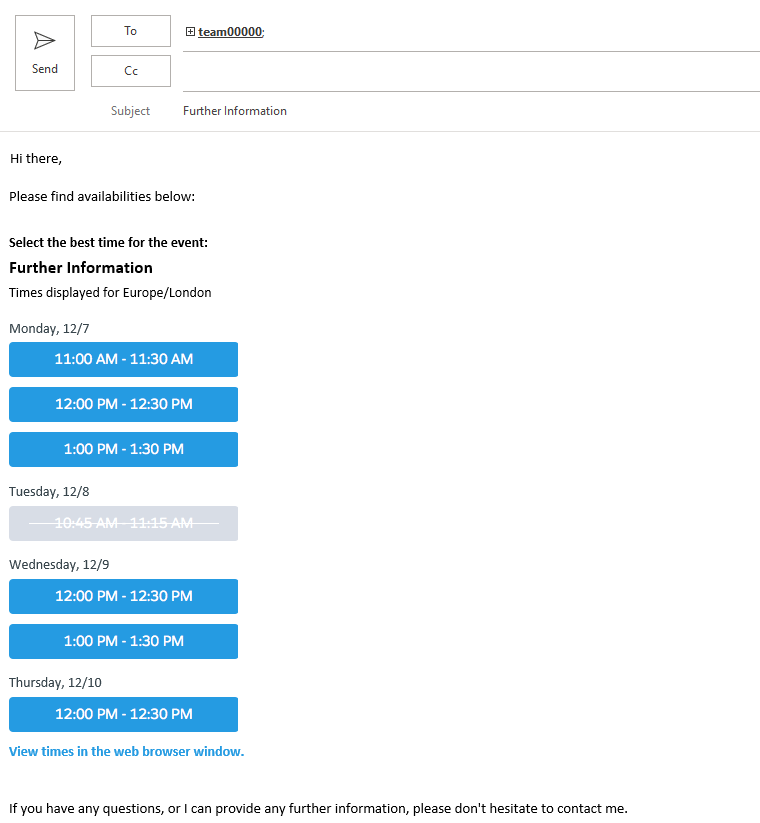
So we have our meeting booked in with our prospect with as little interaction from them as possible. Doesn’t get much easier than that! So what does it cost? Like I said earlier, you get more than just availability with Salesforce Inbox. At only $25 per user per month, you get what I showed you plus tracking and a deep Salesforce integration. Find out more on their comprehensive feature page.
Maximising Sales Email Conversions
You may be absolutely fine doing what you do today, with no additional tools. But I can personally guarantee, that adding either of these tools into your sales email workflow, will get you more deals. Of course, price is always a factor. However, to get ahead of the competition and reach a level of excellence, help is necessary. We like to use all we can get as our deal sizes are substantial and our sales cycles are typically longer than average. This may not be the case for you and that’s something you’ll have to weigh up. It is also worth remembering that the ROI will be positive, the engagements smoother, and the overall customer experience will be greatly improved. All of this increases the probability of not only new business but also repeat business as your sales team’s capabilities grow.

